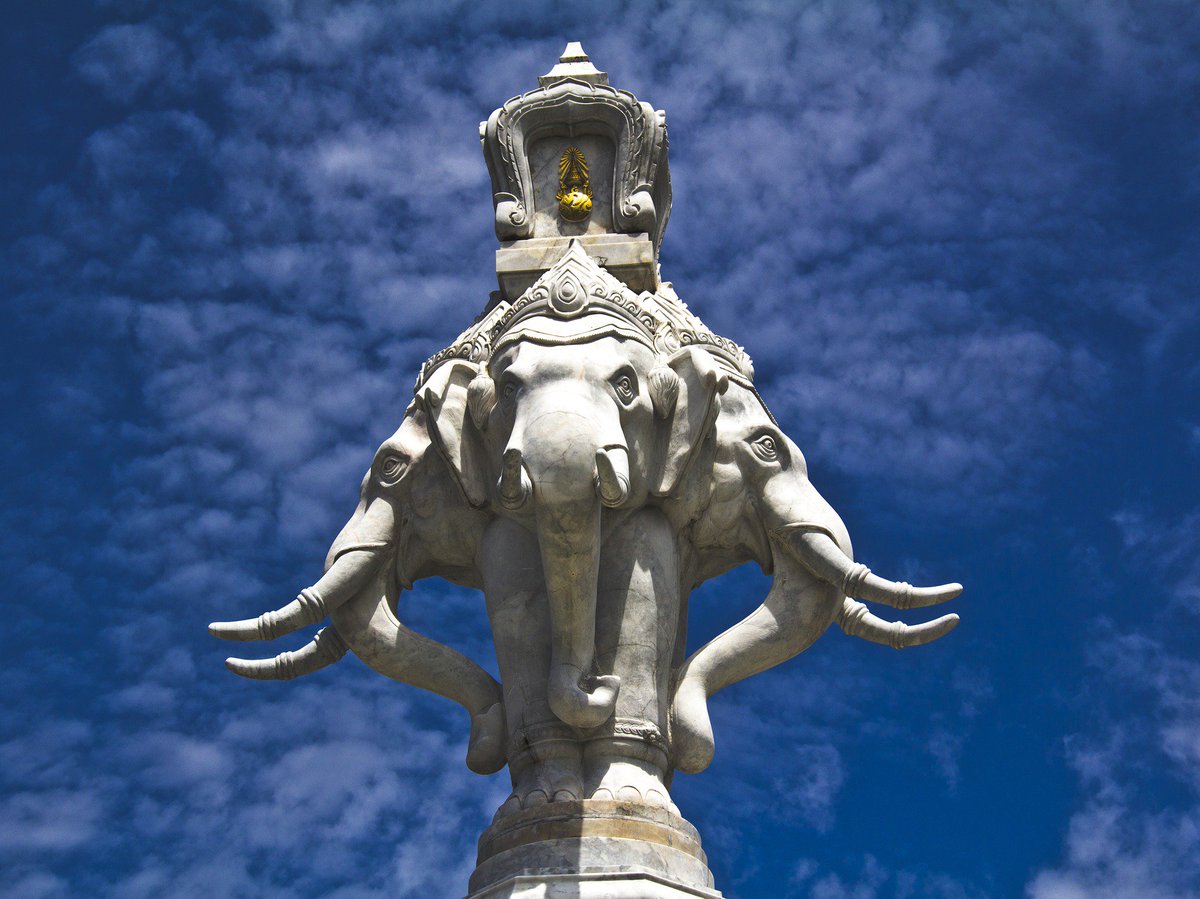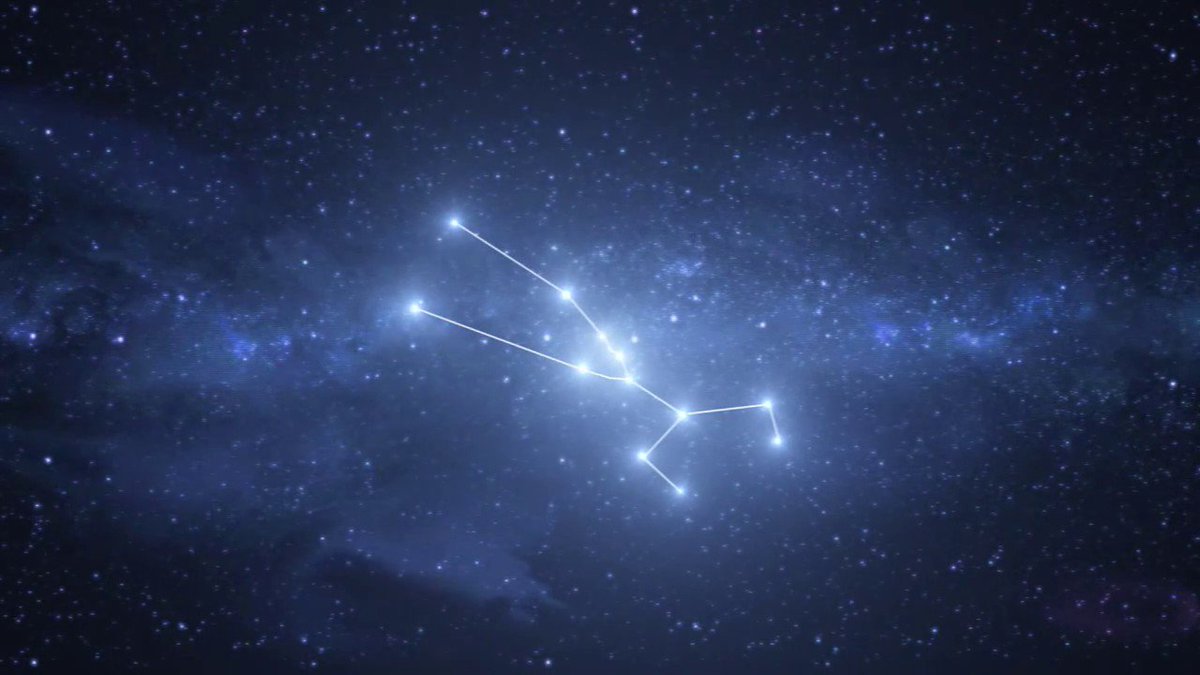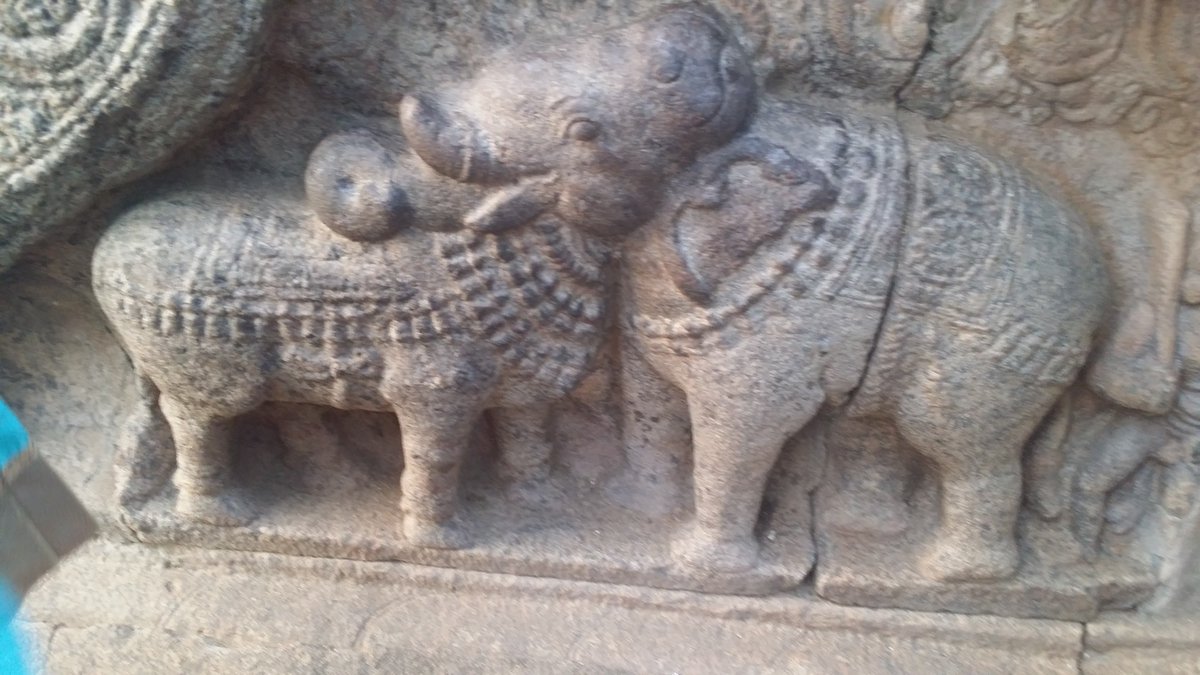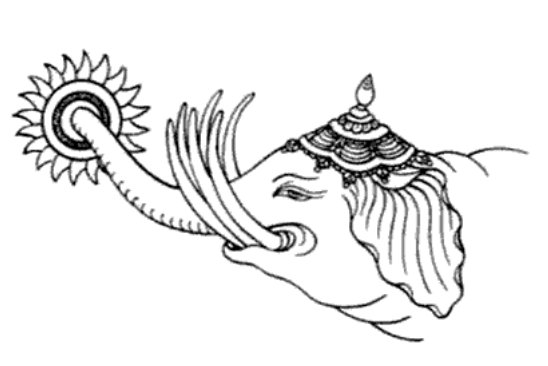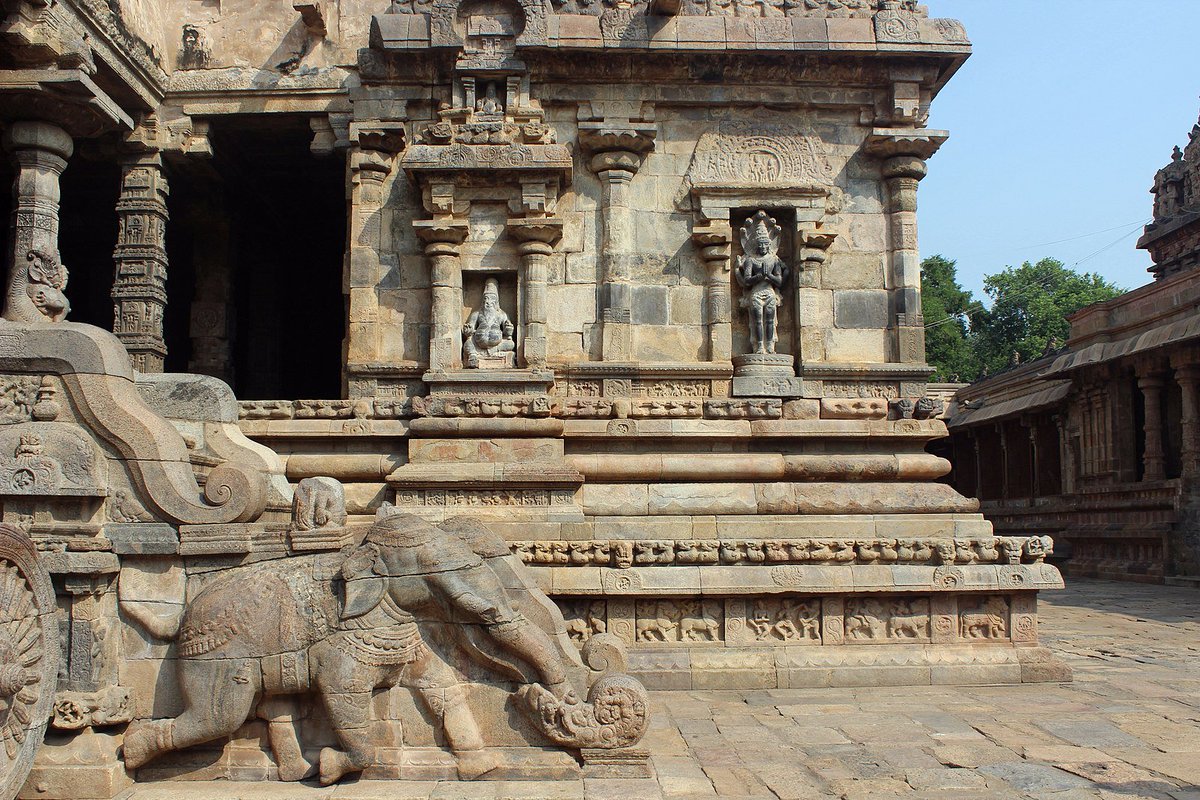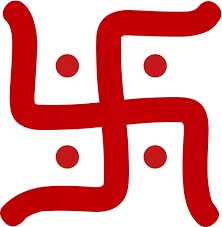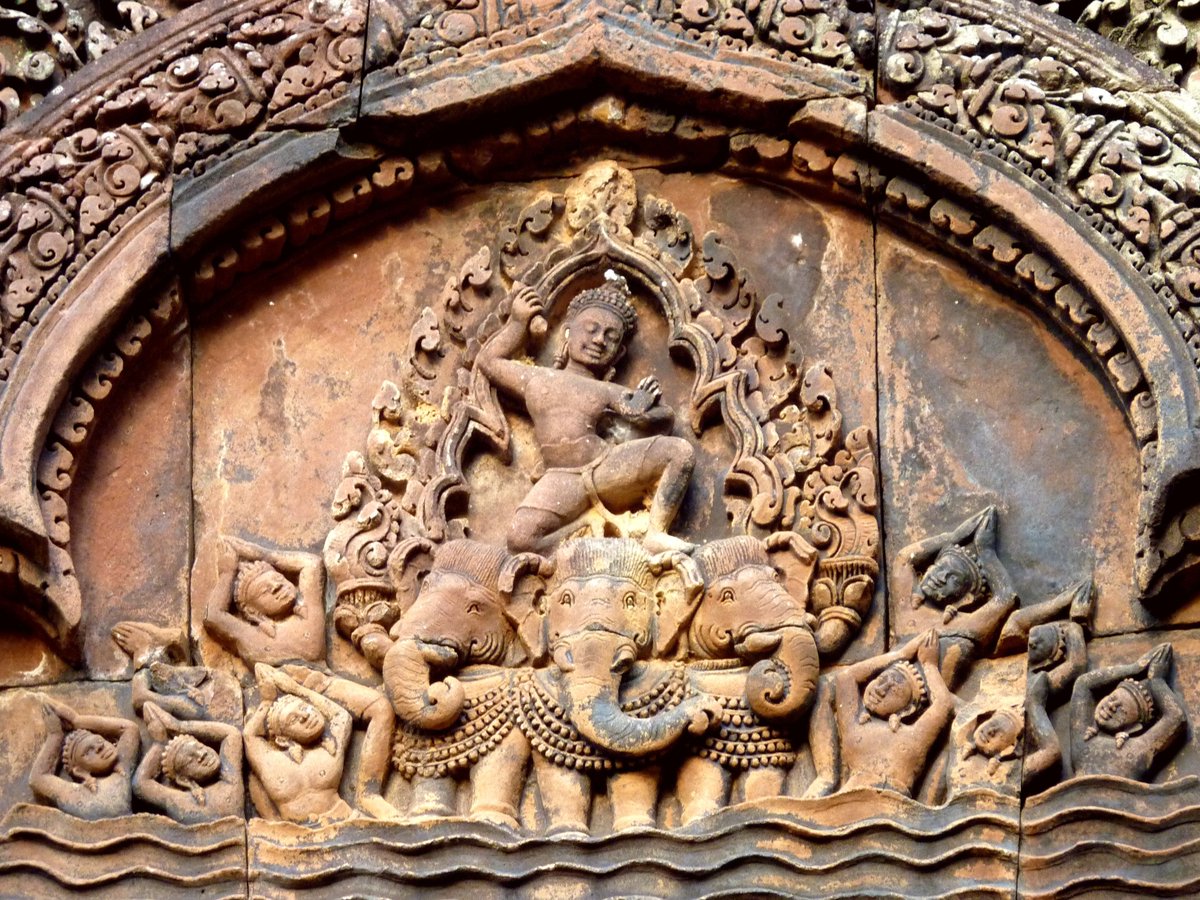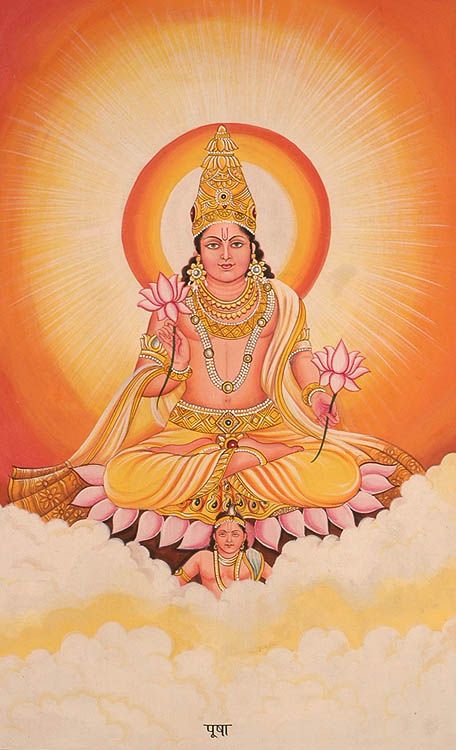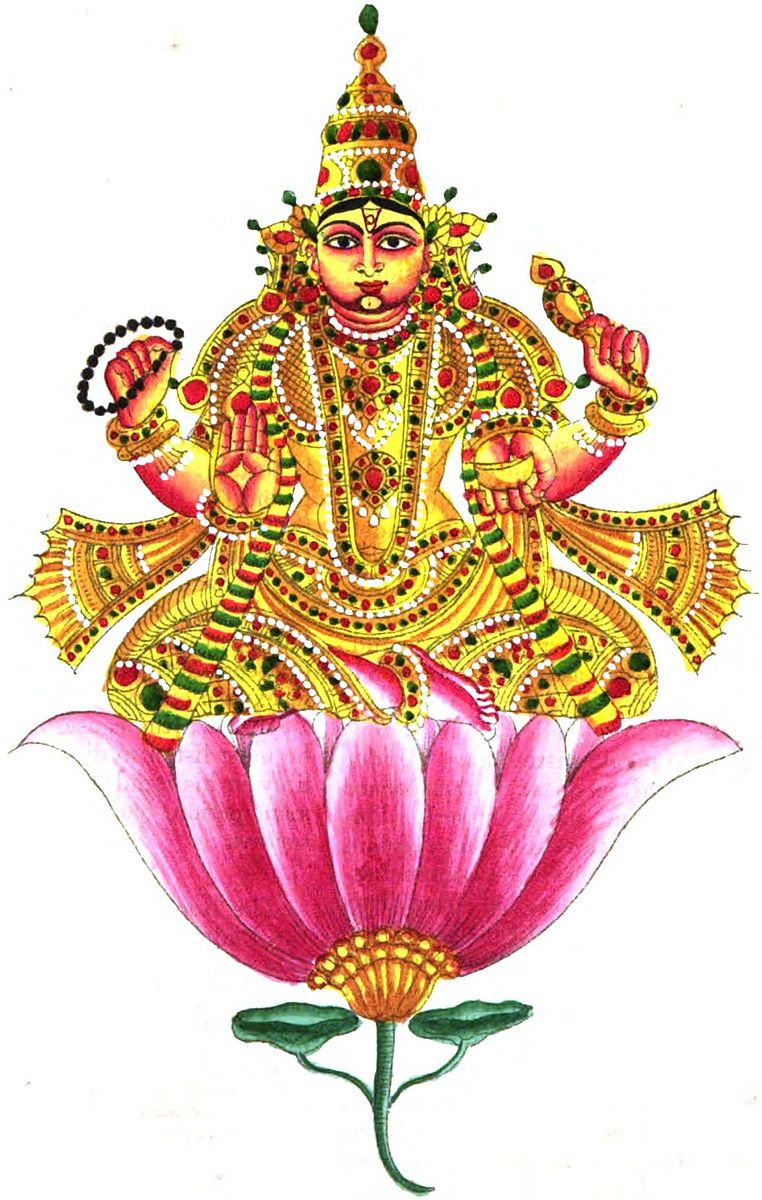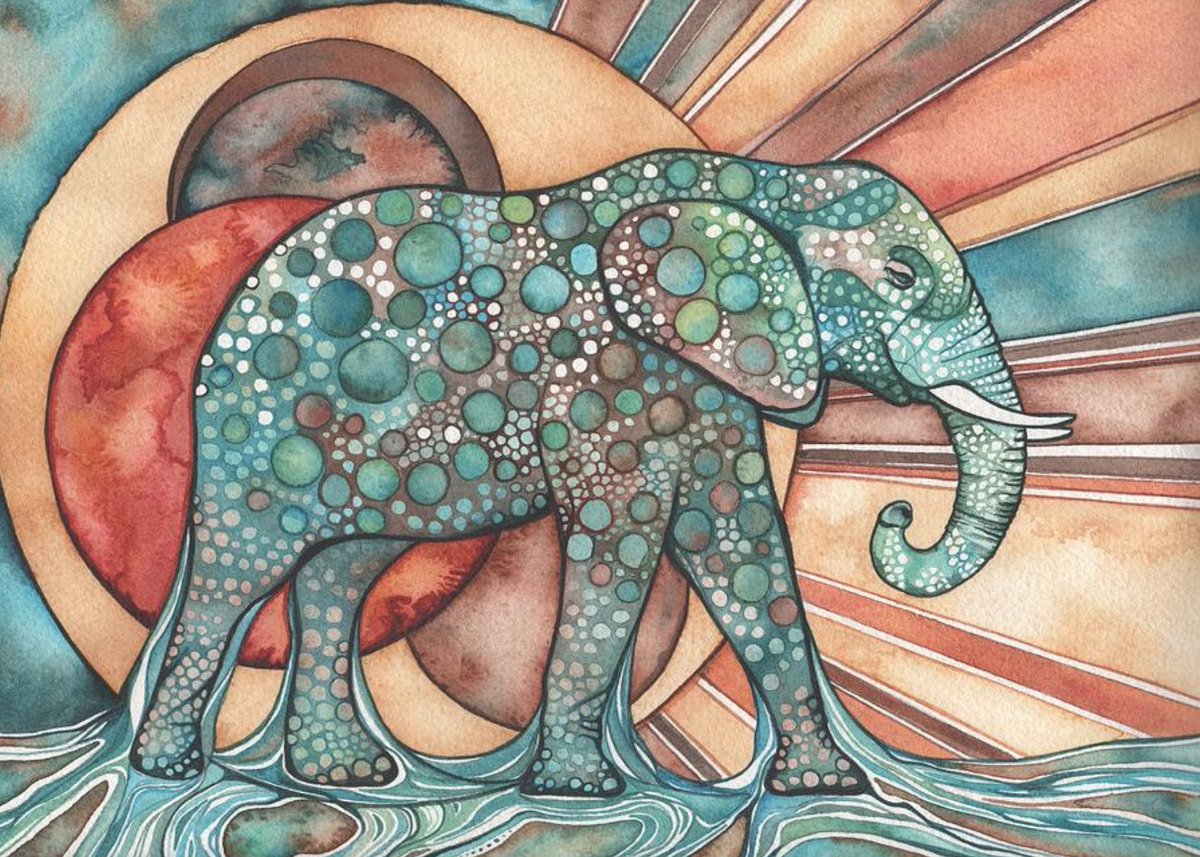In fact, the elephant faced Gaṇēśa most commonly accompanies any depiction of the Swastika. He is the one who leads the people to the sacred realm, where one humbly tries to understand the Ṛta and yoke one's own self to it.
But it would not last.
In India, Prajāpati (constellation Orion, close to the Taurus) would have his head cut off by Śiva.
In the story of Gaṇēśa, Pārvati fashions an idol of clay and breathes life into him. This refers to attempts by mere mortals like us trying to yoke with the Ṛta. Unaware that this boy was his son, Śiva cuts off his head.
The first animal to be found was an elephant, and Gaṇēśa thus gets an elephant head. Śiva and Pārvati bring the boy back to life.
And we remember how the trunk is so useful to track the Ṛta in a beautiful verse.
"Vakratunḍa mahākāya sūryakōṭi samaprabha"
The one with the curved trunk, the one dazzling with the brilliance of millions of suns.
This is depicted in the Swasti Mantra. It is a sonic form of the Swastika.
May be, you will see it. 😉 (End of thread).
